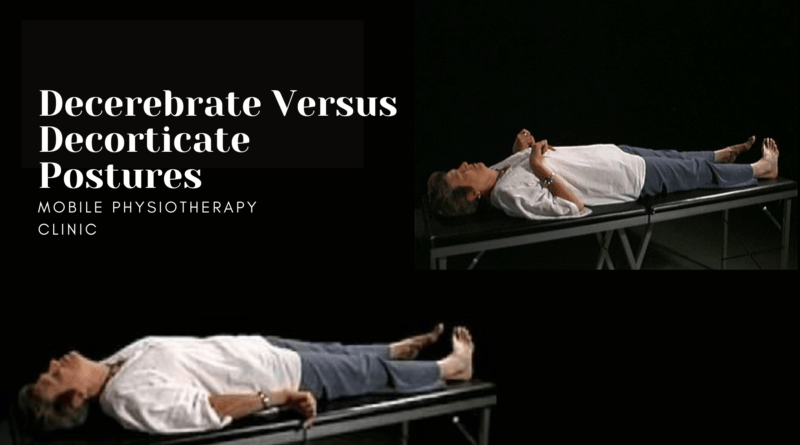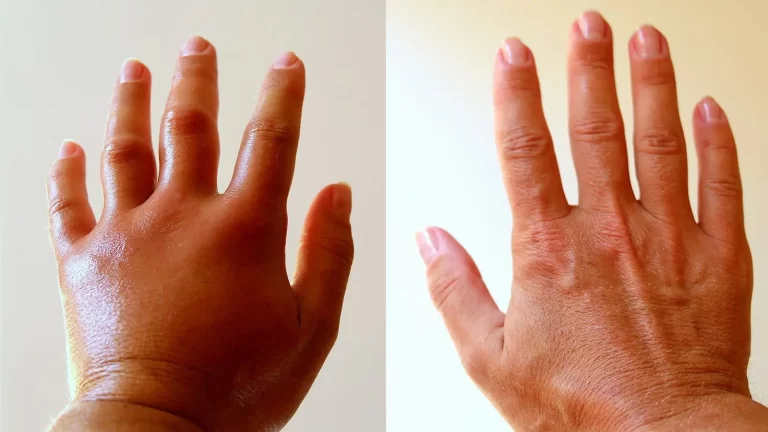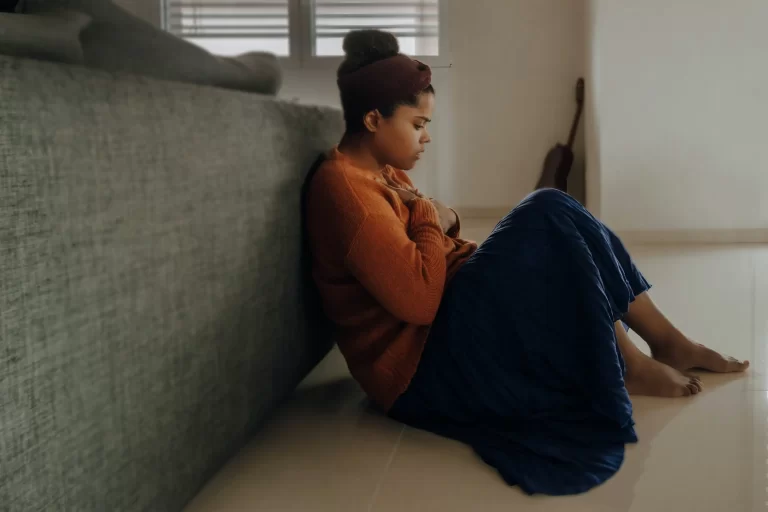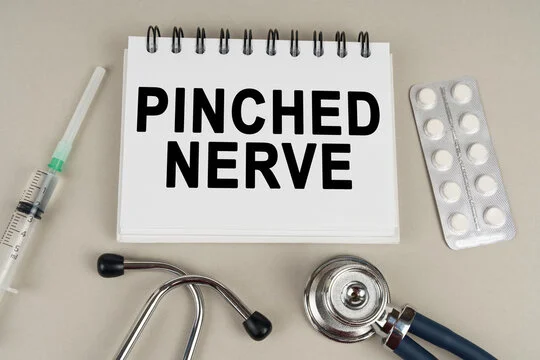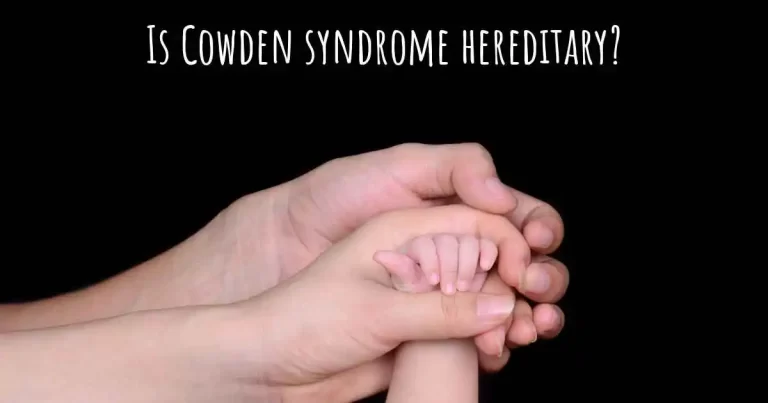Decerebrate Versus Decorticate Postures
The damage caused within the brain appears in the forms of either of two postures; decerebrate or decorticate posture.
Nevertheless, both of these postures are forms of brain damage, yet there are multiple distinctions in their characteristics as well as consequences that distinguish these two postures from each other. Moreover, the symptoms may also vary from individual to individual. It has been observed that few individuals experience the abnormality of posture on only one side, while others may experience the abnormality of postures on both sides.
In the same way, causes are also different for both of these injuries, but the only cause that remains similar for both types is the brainstem injury. Furthermore, the individuals who recover from this brain damage may experience symptoms for some time even after treatment.
Decerebrate Posture:
Decerebrate posture can be explained as an abnormal posture of the body, resulting in straightening out of the legs and arms, while the toes point downward, and the neck arch backwards. Along with that, muscles get rigid and tight, causing extreme brain damage. Hence, the decerebrate posture usually leads to a severe injury to the brain.
According to various observations, it has been informed that the decerebrate posture is more commonly observed than the decorticate posture.
Moreover, the severity of the decerebrate posture may also lead to the back and neck muscles spasm to a great extent; commonly called as Opisthotonos.
Decerebrate posture may take place on either one side or both the sides. It may also take place in arms only. In some cases, the decerebrate posture also progresses to become the decorticate posture. There are various individuals who carry decerebrate posture on one body side, while the decerebrate posture on the other body side.
Decorticate posture:
Decorticate posture can be explained as an abnormal posture of the body, resulting in a stiffness with the arms being bent in, while the fists are clenched closing hands, abducted arms flexing at wrists and elbows, and the legs are straightened out or rotated inwards. Along with that, wrists and fingers lie on the chest, being bent, causing extreme brain damage.
This brain damage posture harms the part controlling the motor movement that lies between the spinal cord and brain; commonly called midbrain by affecting its nerve pathway.
In comparison to decerebrate posture, the severity of decorticate posture can be considered comparatively lower than the decerebrate’s severity.
Likewise to decerebrate posture, the decorticate posture may also take place on either one side or both the sides. Moreover, this second type of abnormal posturing injury resulting as a consequence of a traumatic brain damage is not as commonly occurring as the decerebrate posture. In addition, this type of posture has more survival rates as well than the other type of posture. Furthermore, it has been observed that most of the times it only affects one side of the body unlike decerebrate posture.
Alternative Names for Decerebrate and Decorticate Postures:
The alternative names for the decerebrate posture may be mentioned as decerebrate rigidity or response, abnormal extension, extensor or abnormal posture, opisthotonos, and traumatic brain damage or injury.
Whereas, the alternative names for the decorticate posture may be mentioned as decorticate rigidity or response, flexor posturing, abnormal posturing or flexion, mummy baby (informal), and traumatic brain damage or injury.
Causes: Decerebrate Versus Decorticate Postures
The most common cause of decerebrate posture may include brain damage or injury by affecting its structures like diencephalon, pons, and midbrain deeply, Moreover, it includes damage to the brain stem, especially the mid-collicular lesion that is below red nucleus, lesions in cerebellum or midbrain. It is also commonly caused by pontine strokes.
Furthermore, bleeding in the brain due to any reason, a stroke, high pressure on brain, Reye syndrome, lack of oxygen, infections like meningitis, problems in the brain caused due to poisoning or illicit drugs or liver failure or any infection can also cause the decerebrate posture.
On the other hand, the most common cause of decorticate posture may also include brain damage or injury by affecting its cerebral cortex hemispheres; specifically the internal capsules. This is a component that is caused as the red nucleus disinhibits, facilitating the rubrospinal tract that further facilitates the motor neurons present in the cervical spinal cord. This spinal cord provides supplies to the upper extremities’s flexor muscles. While, the flexion in the medullary and rubrospinal reticulospinal tracts is biased, overweighting the lateral and medial vestibulospinal, whereas, the tract of pontine reticulospinal is biasedly extended towards the upper extremities.
The lateral corticospinal tract’s disruption facilitates the motor neurons of the lower spinal cord is the second component causing the decorticate posture.
Furthermore, bleeding in the brain due to any reason, a stroke, a tumor in brain, high pressure on brain, Reye syndrome, lack of oxygen, problems in the brain caused due to liver failure can also cause the decorticate posture.
Diagnosis: Decerebrate Versus Decorticate Postures
In the case of decerbrate posture, when the abnormalities in body posture discussed above are noticed, and the alertness level decreases, the medical help must be considered to examine the abnormality in posture immediately by a professional.
Further diagnosis may be performed through the healthcare professional by asking the family members of the patient various medical questions like what kind of abnormalities were noticed, and from what time they were being noticed to better analyze the medical history of the patient. The patterns of the episodic abnormalities occurring are also studied for diagnosis and further treatment.
Furthermore, the professionals may also suggest some medical tests like urine or blood tests like complete blood cells count, etcetera, drugs or intoxicants screening, body minerals and chemicals measurements. In addition, the x-ray or dye study of blood vessels, cerebral angiography, magnetic resonance imaging of head, computed tomography scan of head, electroencephalogram, cerebrospinal fluid collection through lumbar puncture, and monitoring of the intracranial pressure can also be very helpful for the diagnosis of decerbrate posture.
Whereas, in the case of decorticate posture as well, when the abnormalities in body posture discussed above are noticed, and the alertness level decreases, the medical help must be considered to examine the abnormality in posture immediately by a professional.
Further diagnosis may be performed through the healthcare professional by asking various medical questions like what kind of abnormalities were noticed, and from what time they were being noticed to better analyze the medical history of the patient.
Likewise to the decerebrate posture, the medical tests like urine or blood tests like complete blood cells count, etcetera, drugs or intoxicants screening, body minerals and chemicals measurements. In addition, the x-ray or dye study of blood vessels, cerebral angiography, magnetic resonance imaging of head, computed tomography scan of head, electroencephalogram, cerebrospinal fluid collection through lumbar puncture, and monitoring of the intracranial pressure are also performed for further diagnosis and treatment of the decorticate posture.
Effects:
The inability of communication, coma, seizures, paralysis, nervous system or brain damage, permanent brain injury may be the effects of the decerebrate posture.
Whereas, lesions in rubrospinal and corticospinal above the red nucleus causing flexion posture in upper extremities, and lower extremities’ extensor posture may be the effects of the decorticate posture. Moreover, the inability of communication, coma, seizures, paralysis, nervous system or brain damage, permanent brain injury may be the symptoms of the decorticate posture likewise to the decerbrate posture.
Decorticate posture to Decerebrate posture:
It has been observed that the decerbrate posture may also progress to become the decorticate posture in various cases of the individuals having decerbrate posture. The patients may experience their posture progressing from one form to the other form of the posture, indicating a transtentorial or uncal or tonsillar herniation of the brain causing this progression of posture forms. Moreover, it has been studied through research on animals that the gamma motor neurons activate as it is important for the elimination in the conditions of the decerebrate rigidity through the transection of the dorsal root. The higher inhibitory controls have the centers below them that are released through the transection.
Treatment:
The treatments for the decerbrate posture may include the physiotherapy treatment for the removal of the causes of rigidity, spasticity removal, the correction of posture through movement, posture assessment. It is basically a symptomatic treatment.
The physiotherapy treatment may result in control or balance being regained in the control of body movements, the reduction in the rigidity, and body posture maintenance and relaxation.
It is observed that physiotherapy exercises have resulted in the best results for the reduction of spasticity or rigidity in the muscles through stretching; significantly the Hamstring stretching. Other exercises may include cal muscle or adductors stretching that relax the lower limbs, relieving passive movement, and maintaining the body posture.
Whereas, balance exercise helps in regaining balance, and stretching helps upper limbs. Finally, all joints are benefitted in passive movement through the motion range maintenance.
On the other hand, the treatments for the decorticate posture may include the intensive care in the ICUs of hospitals. The ICUs have been proven very helpful in the cases of the decorticate posture emergencies. Moreover, cerebrospinal fluid is extracted through a hollow needle being inserted in the patient’s lower back after numbing the stomach to treat this posture.
Finally, these postures may be treated through giving immediate breathing assistance to the patients of the decerbrate or the decorticate postures.

